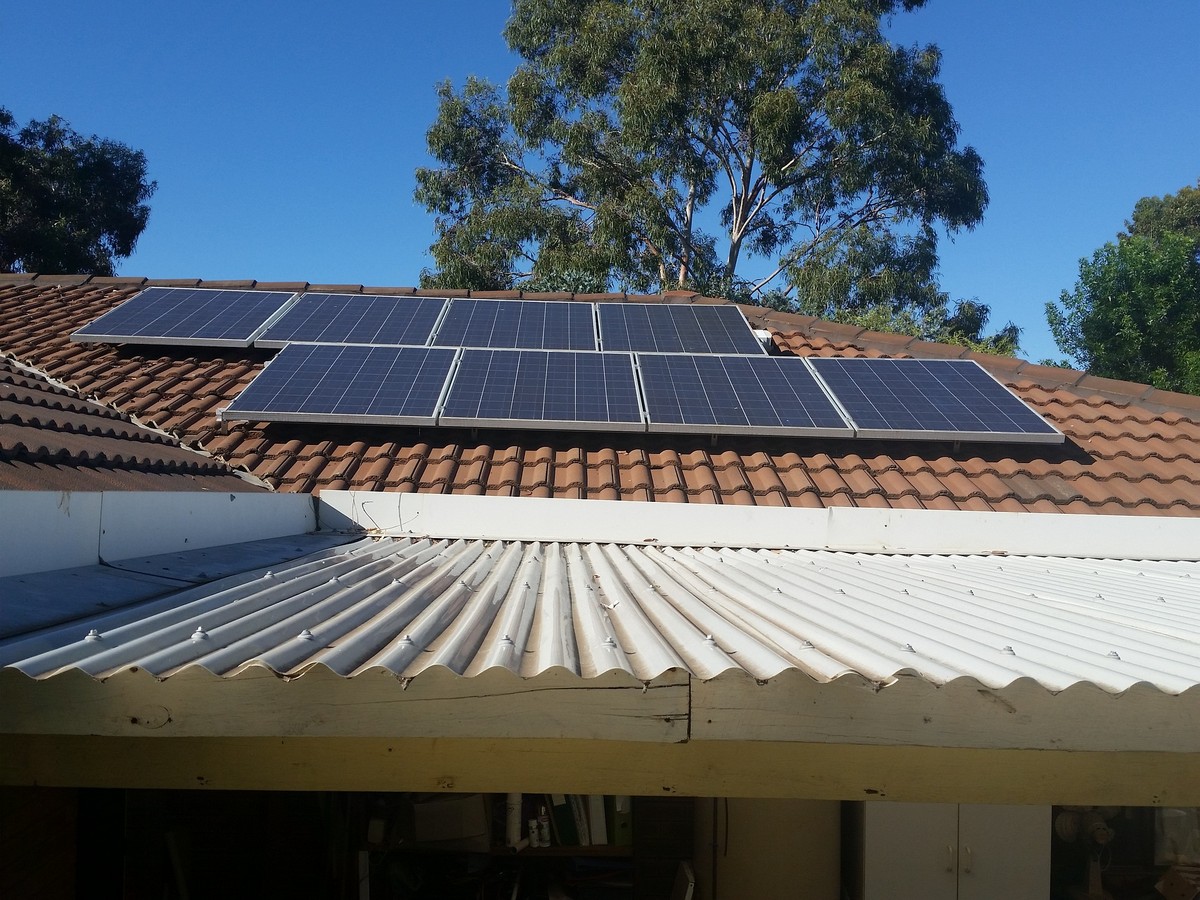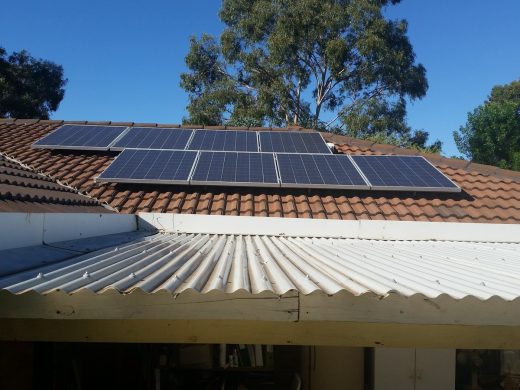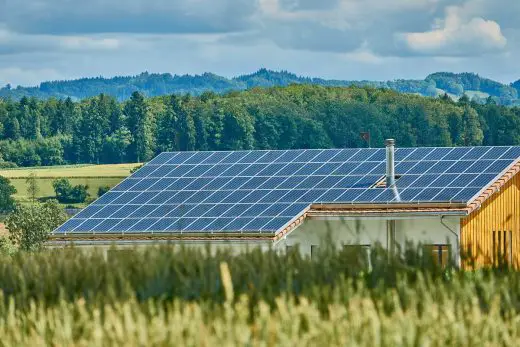Teaching your family how to save energy guide, Green building design advice, Eco home solar panels tips
Teaching Your Family How to Save Energy
17 March 2023
Post Preview
Energy conservation is a great way to help the environment and lower your monthly energy bill. Simple habits like changing light bulbs, turning down the thermostat and unplugging unused appliances can make a big difference.
It’s also an excellent opportunity to teach your kids how to save energy in practical ways. Teaching them the simple steps can build responsible behaviors that last a lifetime.
Practical Ways in Teaching Your Family How to Save Energy
Change Your Light Bulbs
Changing your light bulbs can significantly impact how much energy you use.
Incandescent light bulbs aren’t as efficient as CFLs or LEDs, so they consume more energy. An Energy Star-certified LED bulb uses up to 90% less energy than a 60-watt incandescent light bulb and can save you more than $80 annually.
LEDs are also much more relaxed than incandescents since they don’t need to produce heat as the direct conversion of electricity into light. It can help reduce home cooling costs and improve your home’s energy efficiency. Along with efficient bulbs, solar energy is also beneficial. It allows you to obtain more precise energy consumption data, making it simpler to anticipate future energy costs. Making the switch to solar, considering your solar panel lifespan, is healthy for your family, and it has numerous advantages for all parties involved.
Turn Down the Thermostat
Heating accounts for 50% of a home’s energy usage, so controlling your temperature is one way to save money on your monthly energy bill.
According to the Department of Energy, lowering your thermostat by 10 degrees for 8 hours each day (typically when you are asleep or at work) can save 5 to 15 percent on your yearly heating bills.
It takes less energy to keep your home at a comfortable temperature than reheat.
While 68 degrees is the recommended temperature for keeping your home warm, it may be too cold for some people to be comfortable. If you cannot adjust the temperature to the desired level, try lowering it by 8 degrees while your family is at home or while you are away.
Turn Off Appliances When Not in Use
Many appliances and devices draw phantom power even when turned off, so unplugging them whenever you’re not using them makes sense. It saves energy by reducing phantom power consumption and protecting your devices from damage caused by power surges and short-circuiting.
The Department of Energy estimates that unplugging appliances when not in use can reduce a household’s energy usage by about 10%. These savings could add up to hundreds of dollars a year, so it’s worth unplugging these devices when not in use.
Take Shorter Showers
Taking shorter showers is a great way to save water and energy. It can help families reduce their water and energy bills and limit the amount of pollution in our water supply.
A 10-minute shower uses 18 gallons of water. It also takes a lot of energy to heat the water.
A timer is one of the best ways to take shorter showers. You could also use upbeat songs to improve your mood and motivate you to finish the task immediately.
Another great idea is to turn off the water while soaping and shampooing and just let it run for rinsing. It is also known as the ‘Navy Shower.’
Change Your Thermostat Settings
Change the settings on your thermostat and maintain a comfortable temperature in your home. Some people micromanage and adjust their settings constantly, while others keep them at one constant temperature for convenience.
Keeping your home at the right temperature for each season can significantly affect your energy bills. You can save money and energy throughout the year by reducing your temperature to 68 degrees Fahrenheit during winter and 78 degrees during summer.
You can save even more money by reducing the temperature by 7 to 10 degrees for eight hours each day when no one is home. It can help you save up to 10% on your yearly heating costs.
Comments on this guide to Teaching your family how to save energy article are welcome.
Energy Efficient Building Design
Energy Efficient Homes Posts – recent selection on e-architect:
Designing and building an energy-efficient home

image source : pixabay.com
How to Design an Energy Efficient Building
Building Solar Panels
Solar Panels Posts
Best solar panel installation services for you
Are Microinverters Right For Your Solar System
Architects getting more involved in solar power design
Sustainable Building Design
Sustainability Posts
Simple changes to make your home more eco-friendly
How to Make a Home more Eco-friendly
Can you have a net-zero house?
Buildings
Residential Architecture Articles
Comments / photos for the Teaching your family how to save energy advice page welcome







